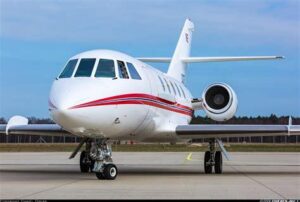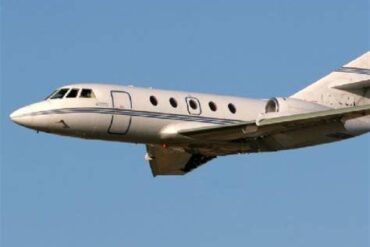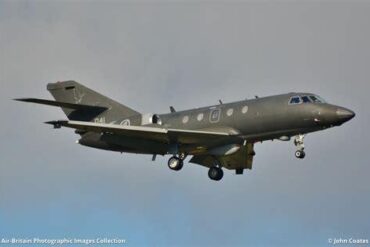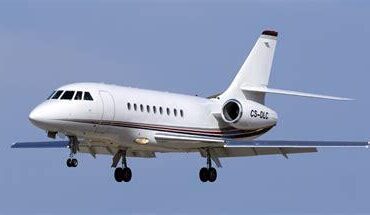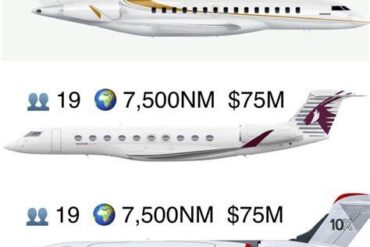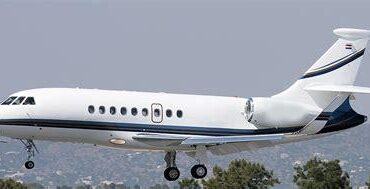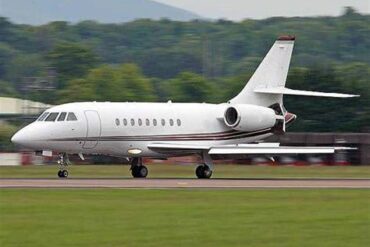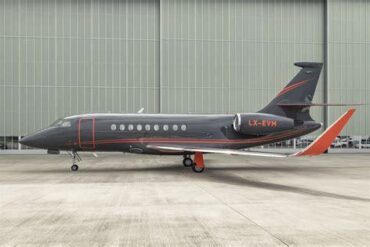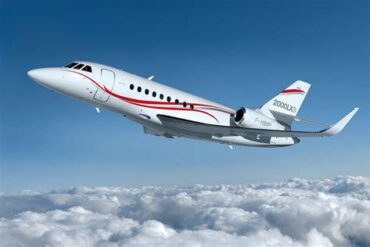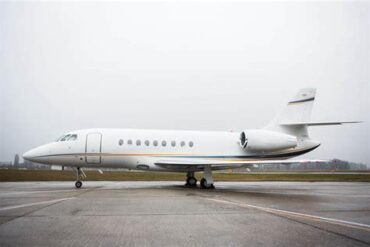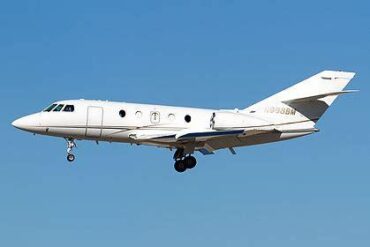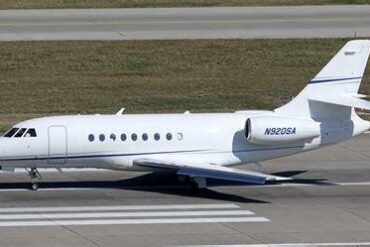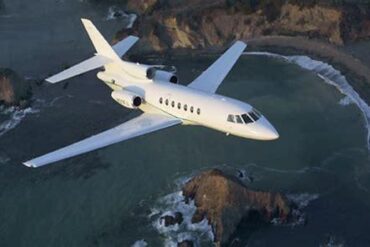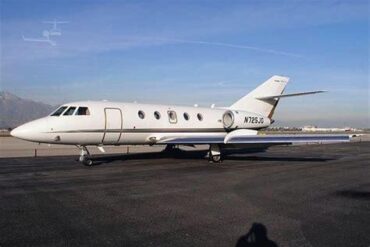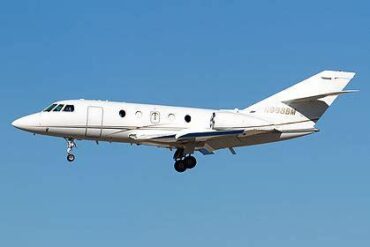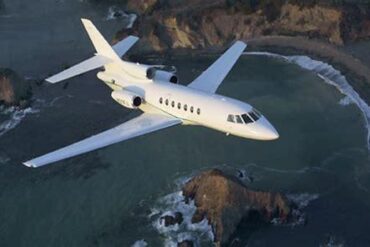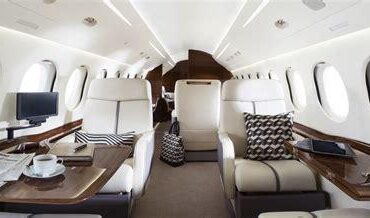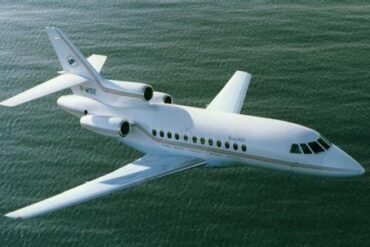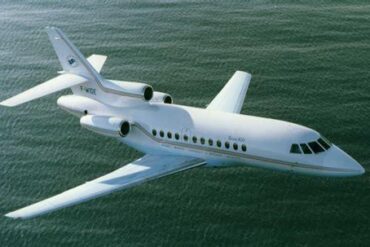The Dassault Falcon 20C-5, a renowned twin-engine business jet, has carved a niche for itself in the aviation industry due to its exceptional performance, versatility, and luxurious cabin. Understanding the price and operating costs associated with this aircraft is crucial for potential buyers and operators. This article delves into the financial aspects of owning and operating a Falcon 20C-5, providing a comprehensive overview of its market value, operational expenses, and factors influencing these costs.
Overview of the Dassault Falcon 20C-5
The Falcon 20C-5 was developed by Dassault Aviation in the late 1970s and has since become one of the most respected names in business aviation. With a maximum range of approximately 3,000 nautical miles, it can comfortably accommodate up to 10 passengers. The aircraft’s advanced avionics, coupled with its impressive speed and efficiency, make it a popular choice for corporate travel and charter services.
Key Specifications
-
Length: 60 feet 6 inches (18.44 meters)
-
Wingspan: 58 feet 11 inches (17.96 meters)
-
Height: 19 feet 6 inches (5.94 meters)
-
Maximum Takeoff Weight: 36,000 lbs (16,329 kg)
-
Cruise Speed: 470 knots (540 mph)
-
Engines: 2 x Garrett TFE731-5BR-1H turbofan engines
These specifications highlight the Falcon 20C-5’s capability to serve both short and long-haul flights effectively, making it a versatile option for various flight missions.
Market Price of the Dassault Falcon 20C-5
When considering the purchase of a Dassault Falcon 20C-5, the market price can vary significantly based on several factors, including the aircraft’s age, condition, and installed features. As of now, the price range for a pre-owned Falcon 20C-5 generally falls between $500,000 and $1.5 million.
Factors Influencing Purchase Price
-
Aircraft Age: Older models may be priced lower, but they might also require more maintenance.
-
Flight Hours: Aircraft with fewer flight hours typically command higher prices.
-
Maintenance History: A well-documented maintenance history can justify a higher price point.
-
Interior Condition: The quality of the cabin interior and amenities plays a significant role in determining value.
-
Modifications: Any upgrades, such as enhanced avionics or improved cabin configurations, can add to the overall cost.
Comparative Pricing
In comparison to other jets in the same class, the Falcon 20C-5 offers competitive pricing. Similar models from competitors, such as the Learjet 55 or Beechcraft Premier I, often fall within the same price bracket, but the Falcon’s reputation for durability and performance makes it an attractive investment.
Operating Costs of the Dassault Falcon 20C-5
Understanding the operating costs is essential for evaluating the total ownership experience of the Falcon 20C-5. These costs can vary based on usage patterns, maintenance practices, and fuel prices. The estimated annual operating costs for a Falcon 20C-5 hover around $1.2 million to $1.5 million. Below, we break down the major components of these costs.
Fuel Costs
Fuel is one of the most significant expenses associated with operating a Falcon 20C-5. With an average fuel burn rate of approximately 1,800 pounds per hour, operators can expect to spend about $4,500 to $5,000 per flight hour on fuel, depending on current fuel prices. Given fluctuating fuel markets, it’s vital to stay updated on fuel costs to manage budgets effectively.
Maintenance Costs
Regular maintenance is critical to ensure the safety and efficiency of the Falcon 20C-5. Maintenance costs can vary widely, but annual maintenance expenses typically range from $200,000 to $400,000. Key factors influencing maintenance costs include:
-
Scheduled Maintenance: Adhering to the manufacturer’s maintenance schedule is essential for safety and performance.
-
Aging Components: As the aircraft ages, certain parts may require replacement, impacting overall maintenance expenses.
-
Labor Costs: Hiring certified technicians for maintenance can vary by region, affecting total costs.
Crew Salaries
For operators who employ pilots and crew members, salaries represent a substantial portion of operating expenses. The typical salary for a Falcon 20C-5 pilot ranges from $75,000 to $120,000 annually, depending on experience and location. Additionally, considering benefits and training costs is essential when budgeting for crew expenses.
Hangar and Storage Fees
Storing the Falcon 20C-5 at an airport facility incurs hangar fees, which can vary significantly based on location. In major metropolitan areas, hangar fees can range from $1,500 to $5,000 per month, adding another layer of expense to ownership.
Insurance Costs
Aircraft insurance is another critical component of operating costs. For a Falcon 20C-5, insurance premiums typically range from $20,000 to $40,000 annually, depending on the operator’s experience, safety record, and coverage levels.
Miscellaneous Costs
Additional costs that should be considered include:
-
Landing and Takeoff Fees: These fees vary by airport and can significantly impact operational budgets.
-
Navigation and Communication Fees: Subscription services for satellite communication and navigation systems can also add to expenses.
-
Training Costs: Regular training for pilots and crew members ensures compliance with regulations and enhances safety.
Cost-Benefit Analysis
When weighing the price against the operating costs, potential owners should conduct a thorough cost-benefit analysis. While the initial purchase price of a Falcon 20C-5 can be substantial, its performance, reliability, and comfort often justify the investment. Moreover, the aircraft’s ability to fly long distances without refueling adds value for businesses requiring extensive travel.
Financial Considerations
Many operators explore various financing options when acquiring a Falcon 20C-5. Common strategies include:
-
Direct Purchase: Outright purchase provides full ownership but requires significant upfront capital.
-
Financing Options: Loans or leases can alleviate immediate financial burdens and allow for more flexibility.
-
Fractional Ownership: This model allows multiple parties to share ownership and operational costs, making it a more affordable option for some.
Conclusion
In summary, the Dassault Falcon 20C-5 represents a compelling option for those seeking a versatile, high-performance business jet. While the initial purchase price can be significant, understanding the operating costs and potential financial strategies is essential for making an informed decision. By evaluating all aspects, from fuel costs to maintenance and crew salaries, prospective owners can better gauge the overall investment needed to operate the Falcon 20C-5 successfully. With its rich history and proven track record, the Falcon 20C-5 continues to be a preferred choice in the realm of business aviation.
